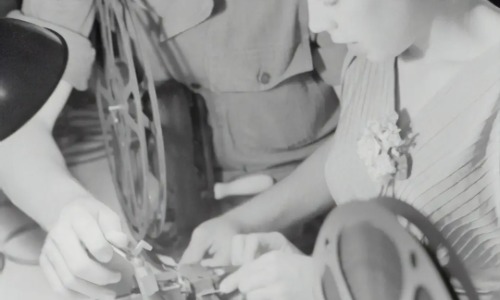Discover the ease of connecting your laptop to a projector through USB with “How to Connect Your Laptop to a Projector Using USB.” This comprehensive guide provides step-by-step instructions, answers queries about USB to HDMI compatibility, and offers alternative solutions for seamless connectivity. Transform your presentation experience with these valuable insights.
Table of Contents
How to Connect Your Laptop to a Projector Using USB
Embark on a journey to simplified connectivity as we guide you through the process of connecting your laptop to a projector using a USB connection.
Step-by-Step Connectivity
- Check Projector Compatibility: Ensure your projector supports USB connectivity. Consult the projector’s manual or specifications to verify compatibility.
- Prepare a USB Cable: Obtain a USB cable suitable for connecting your laptop to the projector. Depending on your laptop’s USB ports, you may need a USB Type-A to Type-B or USB Type-C cable.
- Connect USB Cable to Laptop: Plug one end of the USB cable into an available USB port on your laptop. For USB Type-C, ensure you are using a compatible port.
- Connect USB Cable to Projector: Connect the other end of the USB cable to the USB port on the projector. The projector may have a dedicated USB port labeled for connectivity.
- Power On Devices: Power on both your laptop and the projector. Allow them to recognize the connection.
- Select Input Source on Projector: Use the projector’s remote or controls to select the USB input source. This may be labeled as “USB” or “PC.”
- Adjust Laptop Display Settings: On your laptop, navigate to display settings (Settings > System > Display on Windows, or System Preferences > Displays on Mac). Configure the display settings to extend or duplicate the screen as needed.
- Begin Projection: Your laptop screen should now be projected onto the projector. Start your presentation or enjoy multimedia content seamlessly.
Does USB to HDMI work for projectors?
Uncover the compatibility and effectiveness of using USB to HDMI for connecting your laptop to a projector.
Understanding USB to HDMI Compatibility
While USB to HDMI adapters exist, their compatibility with projectors depends on the projector’s support for USB video input. Many projectors may not recognize USB as a video input source. It’s advisable to check your projector’s specifications and, if applicable, use a dedicated HDMI port for a reliable connection.
How do I connect my laptop to a projector without HDMI?
Explore alternative methods to connect your laptop to a projector in scenarios where HDMI connectivity is unavailable.
1. VGA Connection:
- If your laptop and projector have VGA ports, use a VGA cable for video connectivity.
- Connect one end of the VGA cable to the laptop’s VGA port and the other end to the projector’s VGA port.
- Adjust display settings on your laptop for the desired projection mode.
2. Wireless Connection:
- Some projectors support wireless connectivity through Wi-Fi or Bluetooth.
- Check if your laptop and projector have compatible wireless features.
- Follow the projector’s manual for wireless connection instructions.
Conclusion
In conclusion, “How to Connect Your Laptop to a Projector Using USB” demystifies the process of USB connectivity, explores USB to HDMI compatibility, and offers alternative methods for laptop-to-projector connectivity. Enhance your presentation setup and adapt to various scenarios with the knowledge gained from this guide. Connect effortlessly and enjoy seamless projections, whether for business presentations, educational sessions, or entertainment purposes.

